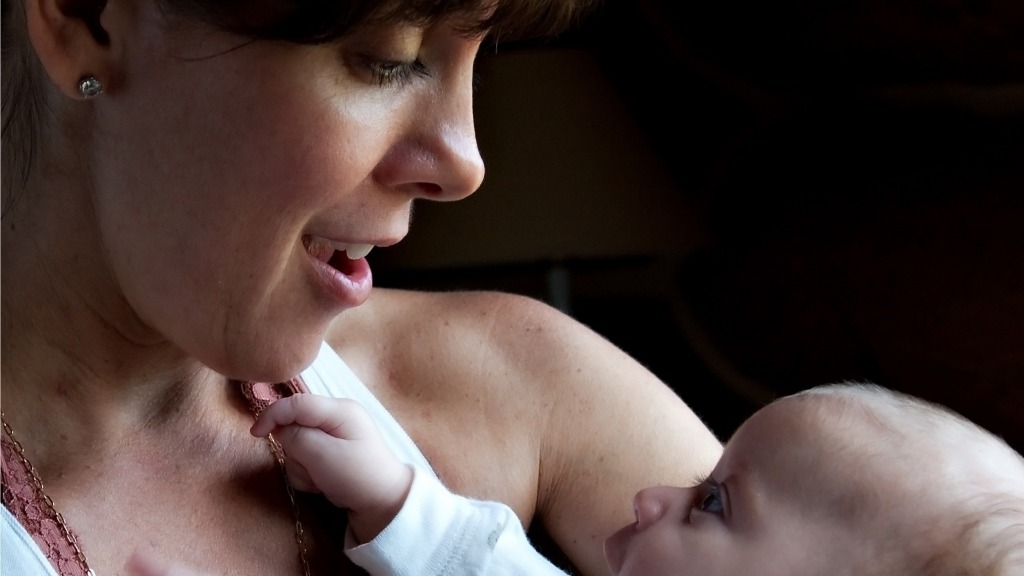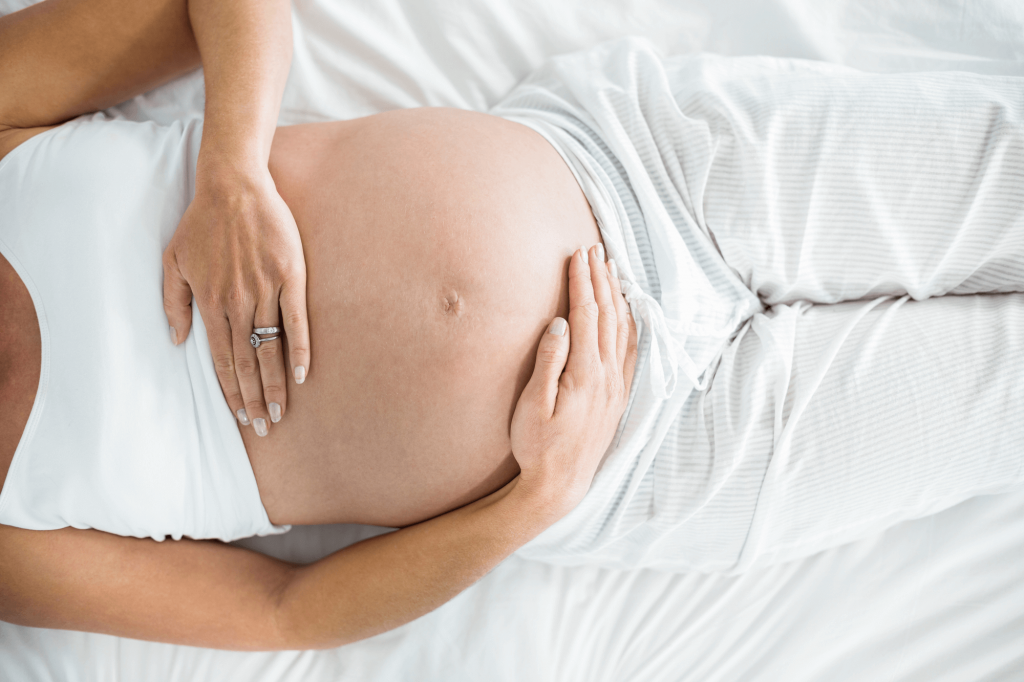
The placenta is normally attached to the uterine wall, and the condition when the placenta attaches itself too deeply into the wall of the uterus is regarded as placenta accreta, placenta increta, or placenta percreta depending on the severity and the deepness of the placenta attachment. Approximately 1 in 2,500 pregnancies are found to experience placenta accreta, increta or percreta.
The severity of the attachment of the placenta to the uterine wall decides whether it is placenta accreta, increta or percreta. When the placenta attaches too deep in the uterine wall without penetrating the uterine muscle it may lead to Placenta Accreta. According to the studies, over the 75% of the pregnant women are affected by placenta accreta. Placenta Increta occurs when the placenta attaches even deeper into the uterine wall but do not penetrate into the uterine muscle. Approximately 15% of the cases are subjected to placenta increta. Placenta Percreta occurs when the placenta penetrates through the entire uterine wall and get attached to another organ such as the bladder. Placenta percreta is the least common one among the three conditions which is approximately 5% of all cases.

Unfortunately, the specific cause of placenta accreta is unknown, but it can be related to placenta previa and previous cesarean deliveries. Studies reveal that placenta accreta is present in 5% to 10% of women with placenta previa.
A cesarean delivery increases the possibility of a future placenta accreta, and the possibility of more cesareans in the future. Multiple cesareans were present in about 60% of placenta accreta cases.
Bleeding during the third trimester may be a warning sign of the presence of placenta accreta, and in turn placenta accreta may result in a premature delivery. It is necessary to consult a healthcare provider and to take the medication prescribed.
Placenta accrete also possess risks to mother in addition to the baby. The primary concern for the mother is hemorrhaging due to the detachment of placenta. Severe cases of hemorrhaging can be life threatening as well.
Other concerns involve damage to the uterus and other organs. Hysterectomy is a common therapeutic intervention resulting in loss of the uterus and the ability to conceive.

The preventive measures of placenta accrete is still unknown and it is quite difficult to treat this conditioned once diagnosed. Healthcare provider will continuously monitor the pregnancy and will schedule the delivery using a surgery that may spare the uterus.
It is the most powerful creation to have life growing inside of you.There is no bigger gift